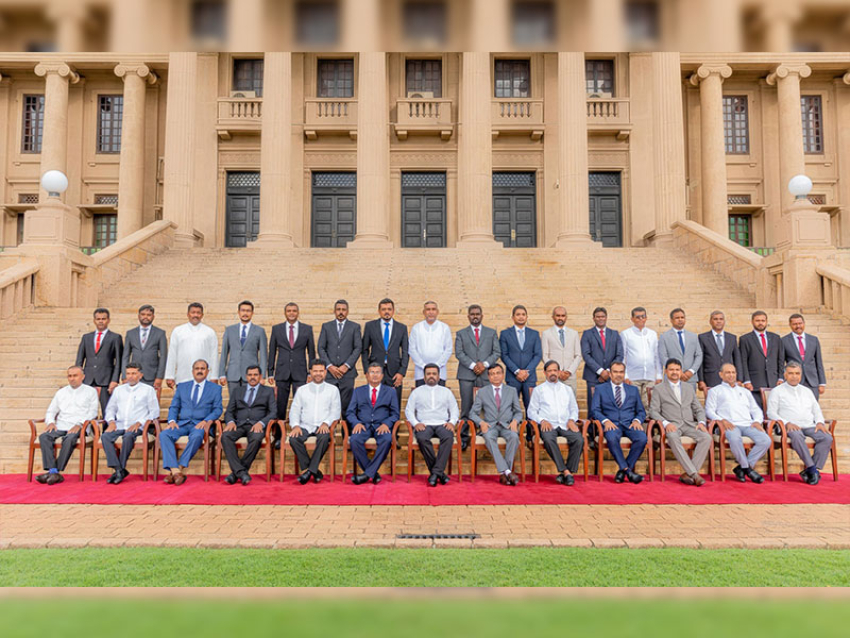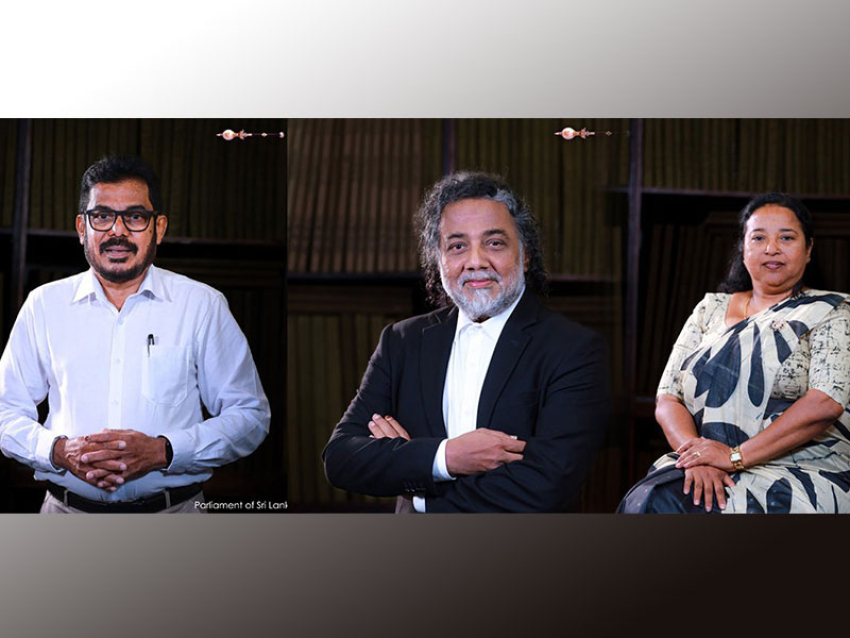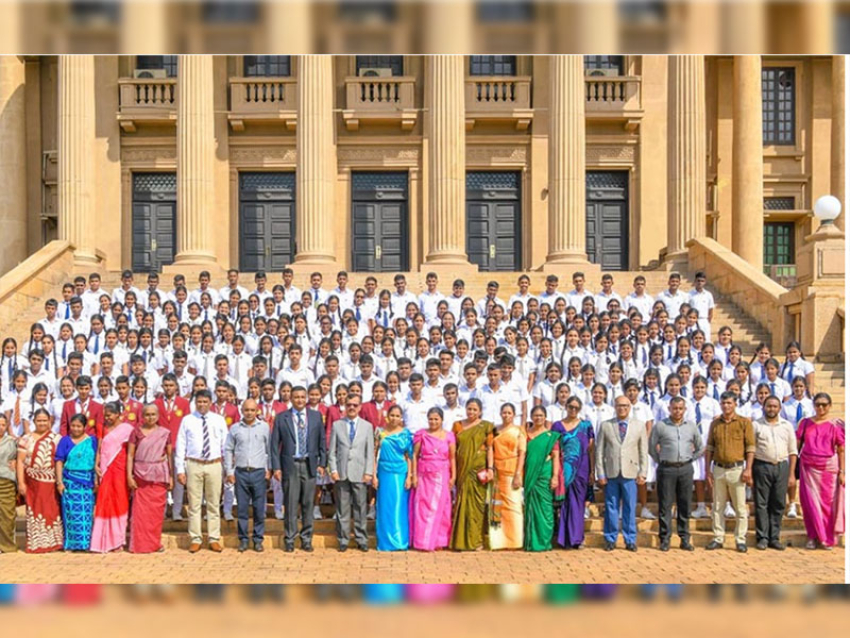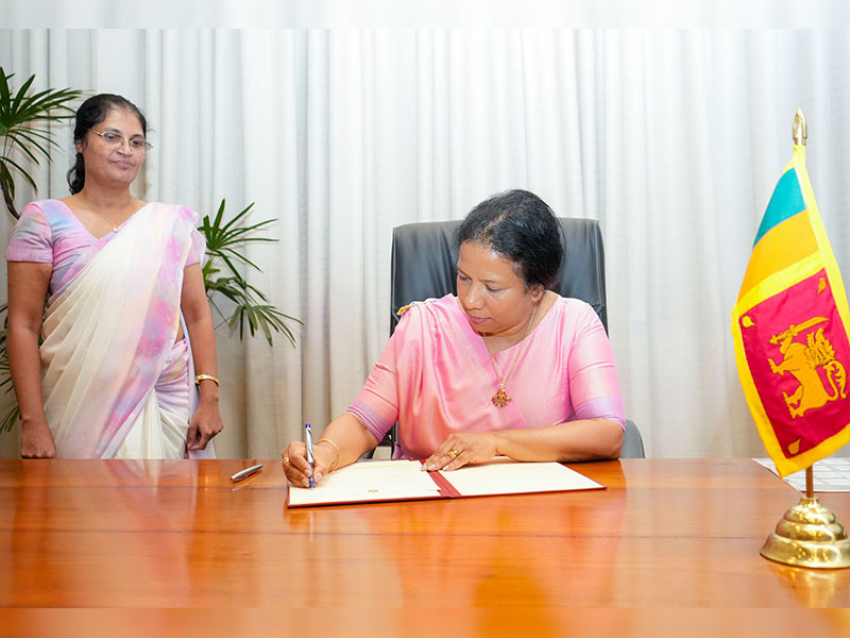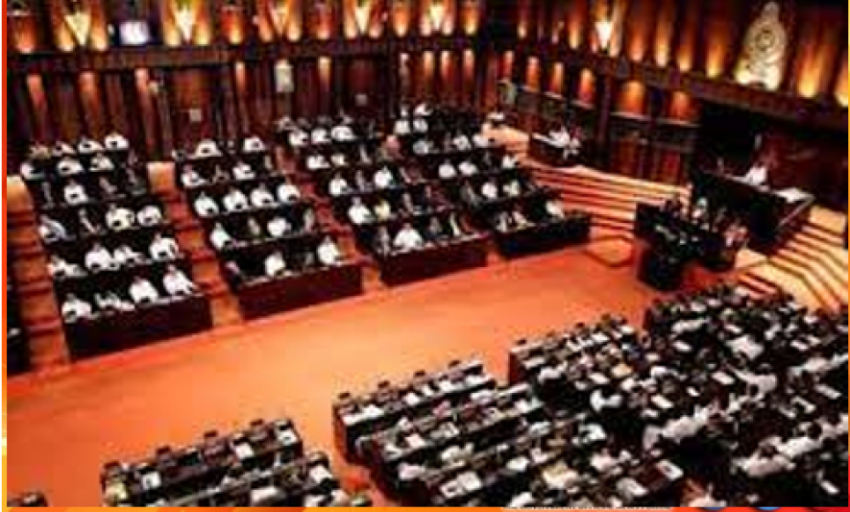The economic growth declined due to a slowdown in the growth of demand in Sri Lanka's traditional export markets impacting the growth of the export sector while a strengthening US economy prompted short term capital outflows, the Central Bank said in its Annual Report for the Year 2015.
Governor of the Central Bank Arjuna Mahendran presented the 66th Annual Report of the Monetary Board of the Central Bank of Sri Lanka to the President Maithripala Sirisena and the Prime Minister Ranil Wickremesinghe Tuesday (April 26). The report was also presented to the Minister of Finance Ravi Karunanayake.
According to the report, all three sectors of the economy contributed to real economic growth in 2015. Services sector which accounts for 56.6 per cent of GDP, grew by 5.3%, industry sector, which account for 26.2% of GDP, grew by 3% and the Agriculture sector, which accounts for 7.9% of GDP, expanded by 5.5%.
Inflation, based on CCPI, remained below mid-single digit levels, supported by the downward adjustment of prices of several key consumer items, favorable supply side developments in the domestic and international markets, and well contained inflation expectations.
In spite of the benefit of lower expenditure on fuel imports, the merchandise trade deficit widened marginally by 1.7% over the previous year, due to the increase in non-oil imports and the slowdown in export earnings.
Although the Interim Budget for 2015 expected a sharp reduction in the budget deficit during the year, a number of developments challenged fiscal management, hindering the envisaged fiscal consolidation path, the report said.
The government expected to reduce the budget deficit to 4.4% of GDP in 2015 from 5.7% recorded in 2014, while maintaining the central government debt to GDP ratio at 72% in 2015, according to the targets outlined in the Medium Term Macro Fiscal Framework 2014-2017 of the Fiscal Management Report for 2015.
"Nevertheless, the fiscal sector performance deteriorated in 2015, resulting in deviations from the budgetary targets stipulated in the Interim Budget for 2015," the Central Bank said.
Accordingly, the budget deficit increased from 5.7% of GDP in 2014 to 7.4% of GDP in 2015, significantly overshooting the government's original target of 4.4% of GDP.
The unemployment rate increased to 4.6% during 2015, compared to 4.3% recorded in 2014, amidst a marginal increase in labor force participation, particularly by females
In 2015, the financial sector demonstrated its resilience to volatile market conditions emanating from domestic and global uncertainties.
The year 2015 highlighted the structural vulnerabilities of the economy that had built up over time, and decisive steps are necessary to correct these vulnerabilities to ensure the countrys progress along a high growth - low inflation path, the Central Bank said
The Bank expects that with appropriate policies, the economy will return to a high growth path in the medium term.



